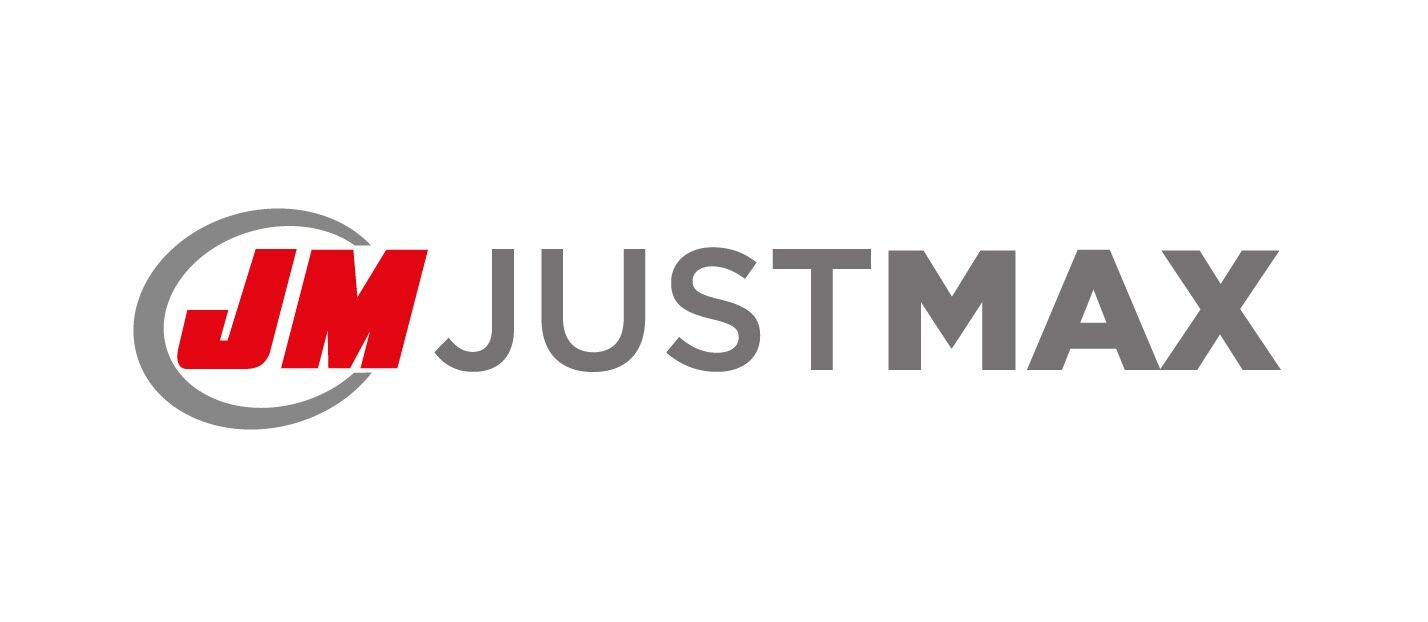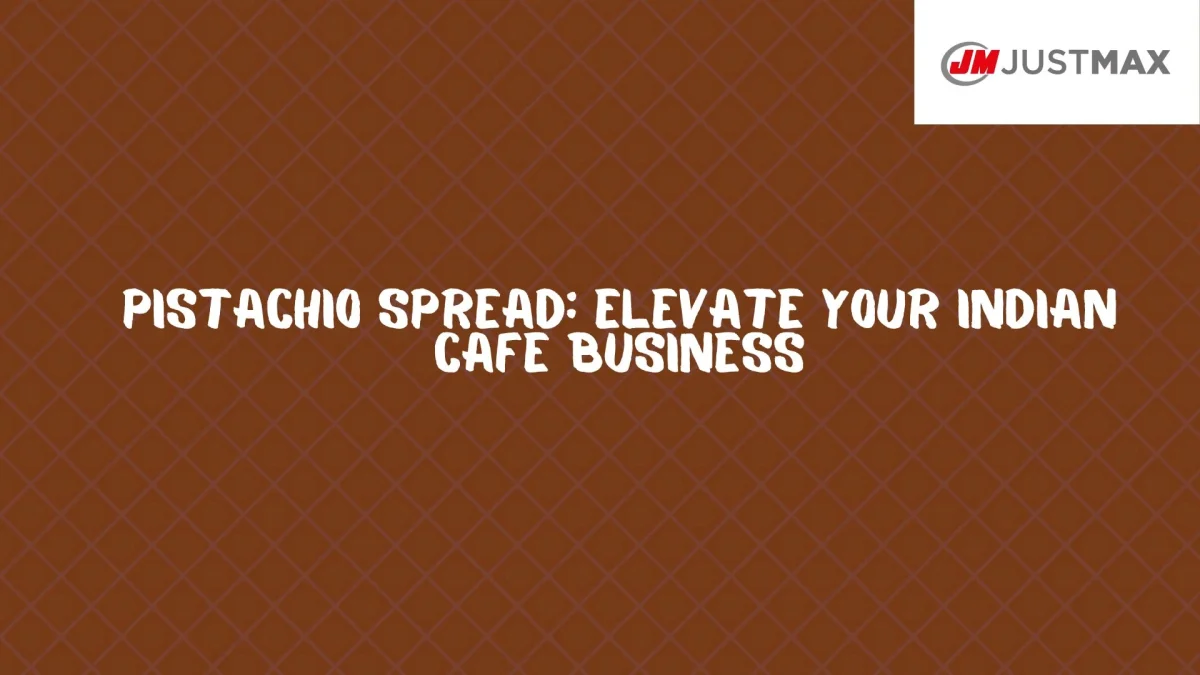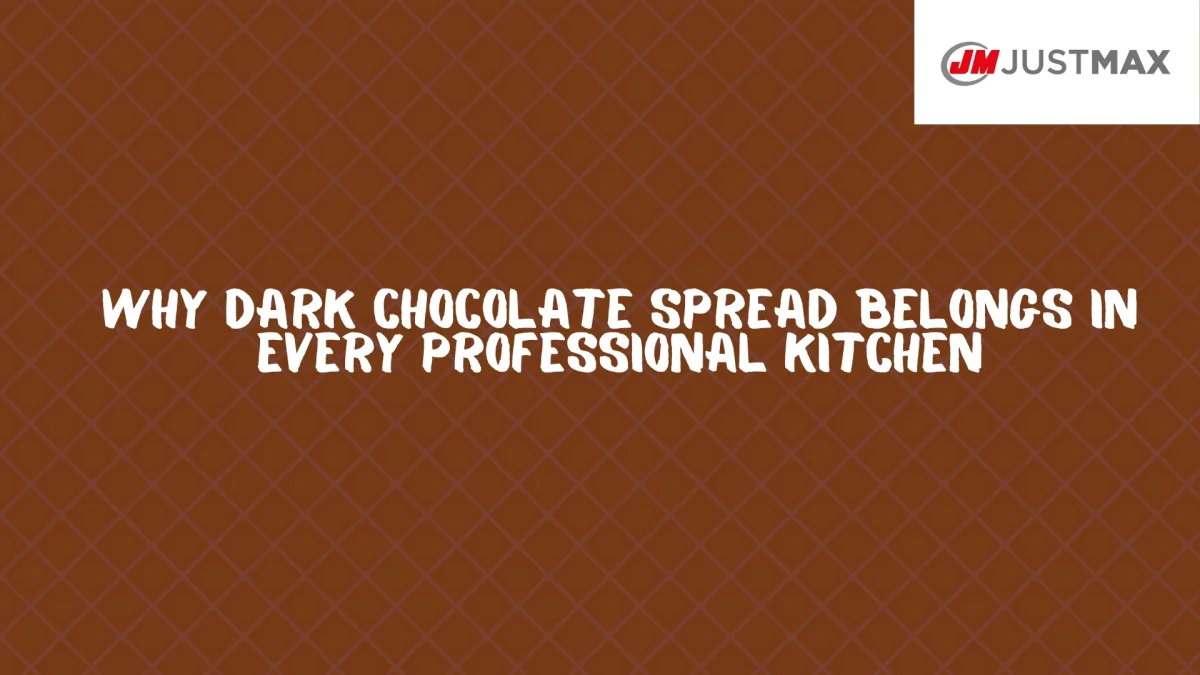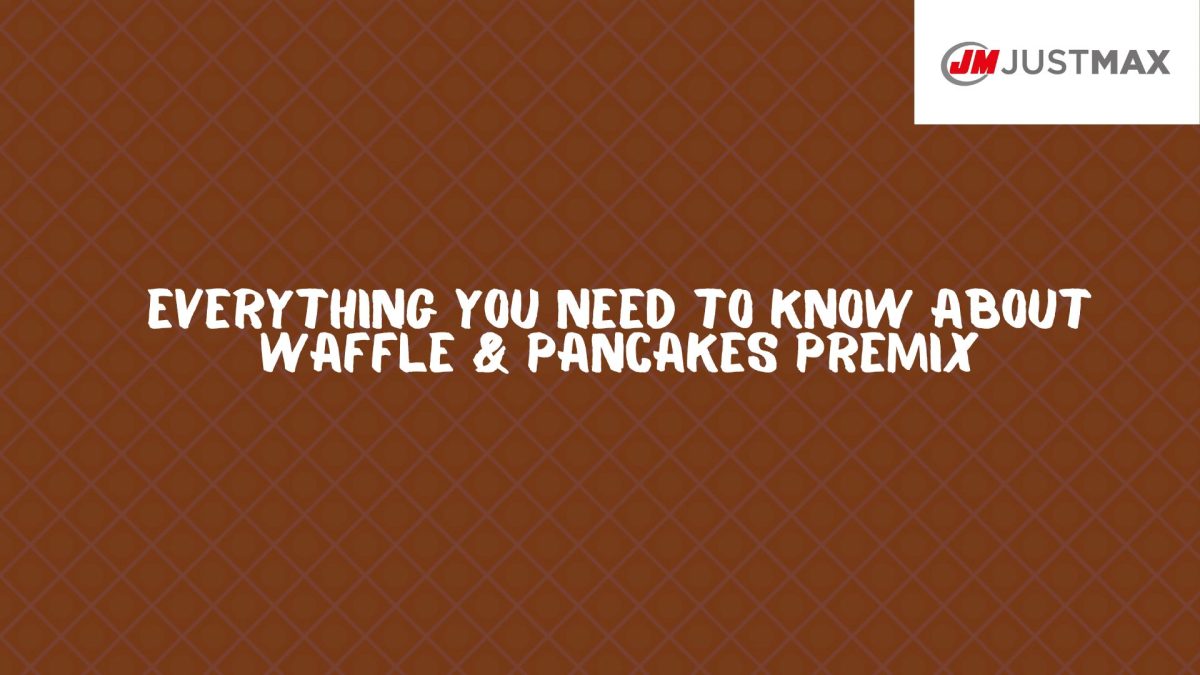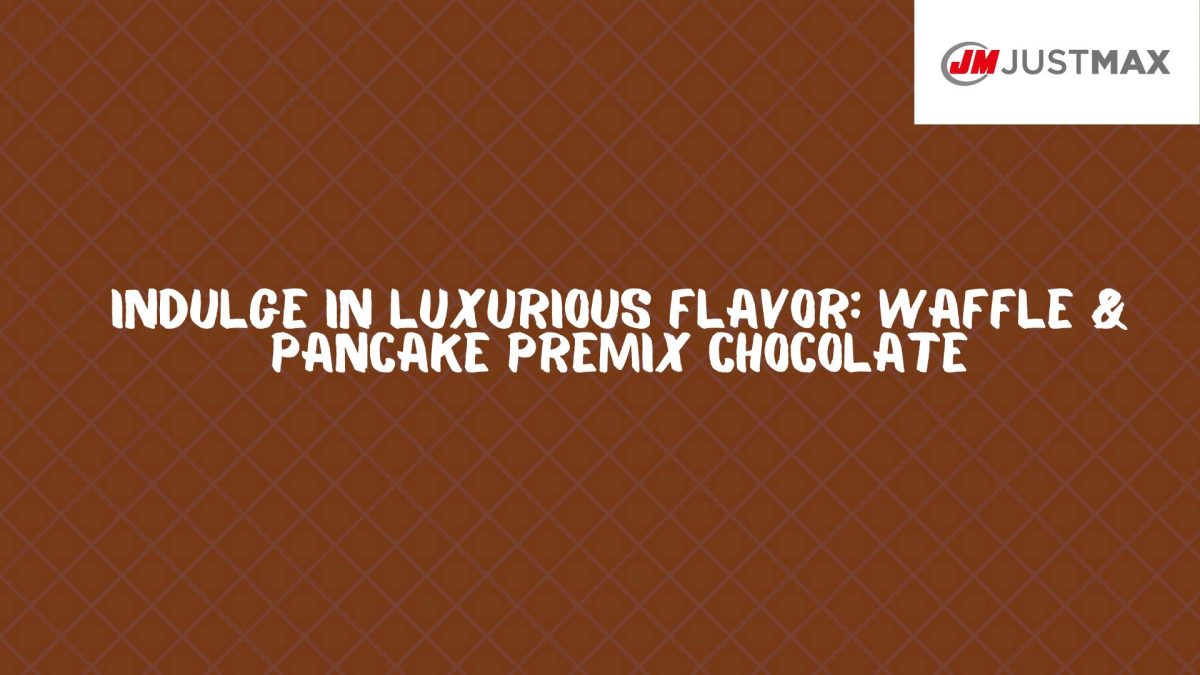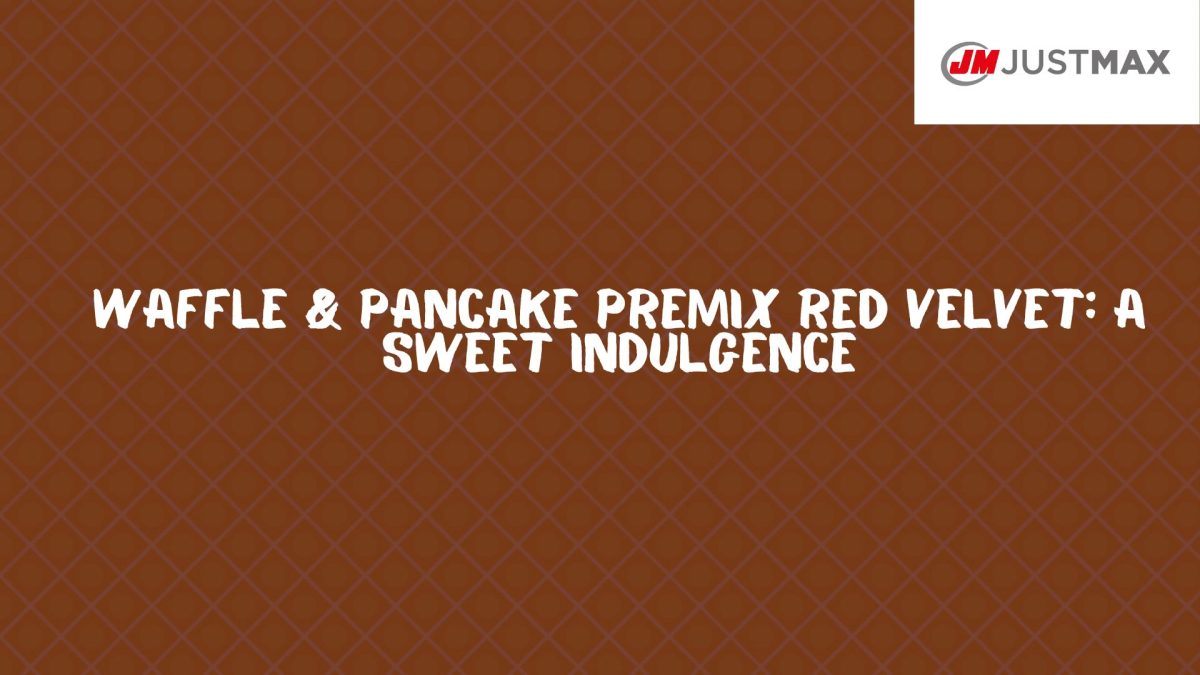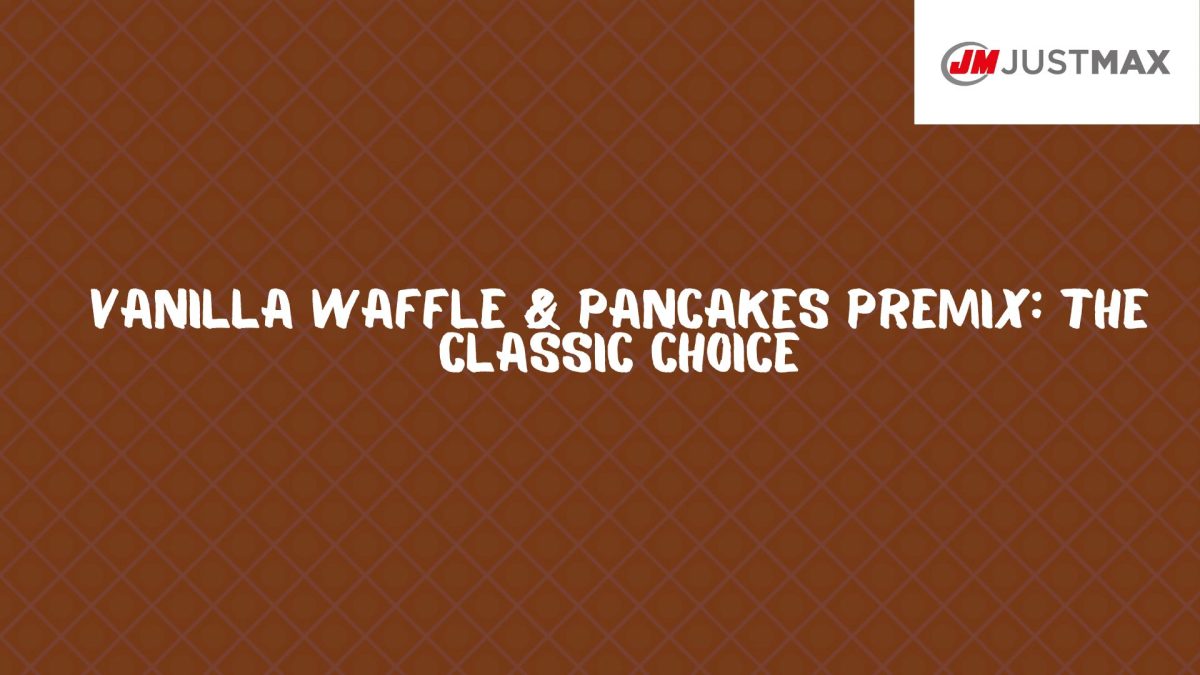Subtotal: ₹625 (incl. tax)

The rise of dark chocolate spread in India’s foodservice industry marks a pivotal shift in consumer preferences. As health-conscious customers increasingly seek premium dessert options with nutritional benefits, dark chocolate spread has emerged as the ideal ingredient that balances indulgence with wellness. Professional caterers and cafe owners who strategically leverage this versatile ingredient can differentiate their menus, improve profit margins, and build lasting customer loyalty in India’s competitive hospitality market.
Key Takeaways
- Dark chocolate spread provides cafes with a high-margin ingredient featuring health benefits that resonate with India’s wellness-focused consumers.
- The Indian chocolate market shows 12.8% annual growth, with dark chocolate variants gaining exceptional traction in metropolitan cities.
- Strategic implementation through proper sourcing, storage, and staff training maximizes dark chocolate spread’s profitability and customer appeal.
Understanding Dark Chocolate Spread’s Market Potential
The Indian chocolate market has experienced remarkable growth, expanding at 12.8% annually. Dark chocolate spread represents a sophisticated evolution that urban middle-class consumers actively seek. Unlike conventional milk chocolate products, quality dark chocolate spread contains 55-70% cocoa content, delivering rich flavor profiles that discerning customers appreciate.
For caterers operating in India’s B2B foodservice sector, this market shift translates directly to menu opportunities. When selecting supplies for your operation, prioritize dark chocolate spreads listing cocoa mass as the primary ingredient. This composition ensures authentic flavor and maximum versatility across breakfast, dessert, and beverage applications that drive repeat customer visits.
Health Benefits Driving Premium Positioning
Professional caterers must articulate dark chocolate spread’s value proposition to justify premium pricing. The health benefits provide compelling narratives that resonate with wellness-focused consumers increasingly common in India’s metropolitan areas.
Dark chocolate contains antioxidants, magnesium, and flavonoids that support heart health and mood balance. These functional properties distinguish dark chocolate spread from standard dessert ingredients. When paired with waffle and pancake mix, these benefits become part of a broader offering positioning your establishment as health-conscious without sacrificing indulgence.
The flavanols in dark chocolate can improve blood flow, reduce inflammation, and decrease the risk of blood clots. For cafe owners developing signature dishes, these attributes provide marketing opportunities. Menu descriptions that educate customers—”Belgian waffles with 65% cocoa dark chocolate spread, rich in antioxidants”—transform simple items into informed choices.
Professional operations should train staff on portion control. A typical 20-30 gram serving provides health benefits without excessive calories, helping teams confidently discuss options with health-conscious customers.
Strategic Menu Applications
Dark chocolate spread’s versatility creates value across multiple service periods. Strategic implementation requires understanding both technical properties and customer behavior throughout the day.
Morning service offers prime opportunities for dark chocolate spread. Partner it with vanilla waffle & pancakes premix for combinations appealing to families and professionals. The bittersweet profile provides sophisticated contrast to vanilla’s sweetness. Weekend brunch “build-your-own” waffle bars can position dark chocolate as the premium option.
Afternoon service presents pairing opportunities with specialty coffee and tea. Create signature hot chocolate using dark chocolate spread as the base, elevating common beverages into premium offerings. Quality spreads ensure smooth emulsification with steamed milk, producing luxurious texture impossible with instant mixes.
Evening dessert service can transform simple items into memorable experiences. Warm crepes with dark chocolate spread and fresh berries require minimal labor but command premium pricing. Operations with multi waffle machines can create bubble waffles or stuffed waffles with dark chocolate centers—Instagram-worthy presentations generating both direct sales and social media marketing value.
Profitability requires standardized recipes and precise portioning. Develop clear specifications: exact spread quantity per serving, complementary ingredients, and preparation steps ensuring consistency across kitchen staff.
Sourcing Quality Dark Chocolate Spread
Ingredient selection often determines whether customers return. When evaluating dark chocolate spread for cafes in India, several factors require attention beyond price comparisons.
Premium spreads should contain 55-70% cocoa content for optimal balance. Higher percentages provide intense flavor but may be too bitter; lower percentages indicate higher sugar content. Request samples and conduct taste tests with staff and regular customers to identify ideal cocoa percentage for your clientele.
Quality suppliers provide complete ingredient lists. Avoid products with hydrogenated fats, artificial flavors, or excessive preservatives. These compromise both flavor and health benefits differentiating dark chocolate spread from standard options. Ideal ingredient lists include: cocoa mass, cocoa butter, sugar, and perhaps lecithin as emulsifier.
Test suppliers by storing samples under your operation’s conditions. Products that separate or become grainy won’t meet professional standards. For B2B operations, supplier reliability matters equally: consistent delivery, adequate stock, and responsive communication. Consider partnering with established distributors specializing in catering supplies who understand professional kitchen requirements.
Calculate true cost per serving, factoring waste, shelf life, and menu prices your quality supports. Premium spread costing 20% more but allowing 30% higher pricing represents better value than cheaper alternatives limiting positioning options.
Storage and Handling Protocols
Professional kitchen management requires maintaining ingredient quality from delivery through service. Dark chocolate spread’s composition makes it relatively stable, but specific protocols ensure consistent performance and minimize waste.
Store at 15-20°C in dry, cool environments. This maintains ideal spreading consistency without separation. Avoid refrigeration unless necessary; cold causes cocoa butter crystallization resulting in grainy texture. If refrigeration becomes unavoidable during summer, allow 2-3 hours to return to room temperature before service.
Ensure containers stay tightly sealed between uses. Brief exposure to humid air causes sugar bloom—white powder that appears unprofessional. In high-humidity coastal regions, transfer bulk products into smaller containers staff open less frequently.
Implement protocols preventing cross-contamination. Designate specific utensils for dark chocolate spread, especially when serving nut-based spreads like pistachio spread. Never return unused spread from service areas to storage—this prevents bacterial contamination.
Implement first-in-first-out rotation. Once opened, use within 4-6 weeks for best flavor. Label containers with opening dates and position newer stock behind older products.
Competitive Differentiation Through Presentation
The Indian foodservice market grows increasingly sophisticated, with customers paying premium prices for experiences demonstrating care and creativity. Dark chocolate spread provides presentation opportunities distinguishing establishments from competitors.
Simple upgrades significantly impact perceived value. Rather than merely spreading chocolate, create decorative swirls using squeeze bottles; add textural contrast with cocoa nibs or fresh fruit like raspberries and strawberries. These additions require minimal cost but justify 40-50% higher menu prices.
Create signature items featuring dark chocolate spread that become associated with your establishment. Perhaps red velvet waffles with dark chocolate spread and cream cheese, or warm dark chocolate spread over vanilla ice cream. The specifics matter less than creating something distinctive customers specifically visit to experience.
Train staff to discuss dark chocolate spread knowledgeably. When customers order items featuring this ingredient, staff should mention cocoa content, health benefits, and origin story. This education transforms transactions into experiences customers remember and discuss—creating organic word-of-mouth marketing.
Design applications with social media in mind. Create visually appealing presentations that naturally encourage sharing. Each social post functions as free advertising reaching engaged audiences more effectively than traditional marketing.
Profit Optimization Strategies
Professional foodservice succeeds through careful cost management combined with strategic pricing. Dark chocolate spread, despite higher ingredient costs, offers excellent profit potential when implemented thoughtfully.
Premium dark chocolate spread costs ₹800-1,200 per kilogram wholesale. A standard 25-gram serving costs approximately ₹20-30 in ingredients. Paired with a waffle (₹15-20 ingredient cost), total food cost reaches ₹35-50 per serving. Targeting 25-30% food cost percentages suggests optimal menu pricing of ₹140-200 for this combination.
Increase profitability through strategic bundling. A “Dark Chocolate Breakfast” combining waffles with dark chocolate spread, fresh fruit, and specialty coffee creates premium bundles customers perceive as valuable. Combined food cost might reach ₹80-90, but menu pricing of ₹350-400 delivers excellent margins while offering perceived savings versus individual ordering.
Implement precise portioning to minimize waste and ensure consistent margins. Pre-portion into small containers or use marked squeeze bottles delivering consistent amounts. Track usage weekly—unexplained variances indicate waste or portion inconsistency.
Conclusion
Dark chocolate spread represents a strategic tool for positioning your cafe or catering operation as quality-focused, health-conscious, and premium. The Indian market’s evolution toward sophisticated chocolate preferences creates opportunities for establishments willing to invest in quality ingredients and educate customers about genuine differences between standard and premium options.
Success requires attention to multiple factors: selecting suppliers providing consistent quality, implementing proper storage protocols, training staff to communicate value effectively, and developing signature applications creating memorable experiences. When executed well, these elements justify premium pricing while building customer loyalty and generating positive word-of-mouth marketing.
For professional caterers and restaurant owners in India’s competitive foodservice environment, dark chocolate spread offers practical differentiation. It satisfies dual customer desires for indulgence and wellness, provides excellent profit margins when positioned correctly, and creates numerous opportunities for creative menu development setting your establishment apart.
Explore Just Max’s comprehensive catalog of premium spreads and professional appliances to elevate your menu offerings. Our team understands the unique needs of India’s catering and foodservice industry and can provide guidance on selecting the right products for your specific operation. Visit our shop today to discover how premium ingredients like dark chocolate spread can transform your menu profitability and customer satisfaction.
Frequently Asked Questions
Dark chocolate spread contains 55-70% cocoa content with minimal sugar, offering intense chocolate flavor and antioxidants. Regular spreads use more sugar and less cocoa, prioritizing sweetness over health benefits that justify premium cafe pricing.
Indian consumers increasingly seek healthier indulgence options. Dark chocolate spread satisfies this demand with natural antioxidants, lower sugar content, and premium positioning that differentiates cafe menus while commanding higher margins in metropolitan markets.
Calculate ₹20-30 ingredient cost per 25-gram serving, then target 25-30% food cost ratio. Price finished items at ₹140-200, positioning 15-20% higher than milk chocolate alternatives to reflect premium quality and health benefits.
The 55-65% cocoa range offers optimal balance between rich chocolate flavor and customer approachability. Higher percentages appeal to enthusiasts but may be too bitter, while lower percentages compromise the health positioning essential for premium pricing.
Yes, dark chocolate spread creates premium hot chocolate and mochas when emulsified with steamed milk. Its natural cocoa butter content ensures smooth texture without graininess, producing luxurious beverages that command higher prices than instant alternatives.
Store at 15-20°C in sealed containers away from humidity and direct sunlight. Avoid refrigeration as cold crystallizes cocoa butter, creating a grainy texture. Once opened, use within 4-6 weeks and implement first-in-first-out rotation practices.
Dark chocolate spread pairs excellently with chocolate waffle premix, fresh berries, crepes, and specialty coffee. The bittersweet profile complements vanilla, caramel, and citrus flavors while adding sophistication to breakfast and dessert menus.
Many dark chocolate spreads are naturally vegan when formulated without milk solids. Check ingredient labels carefully and market these options prominently using chocolate fountains to capture India’s growing plant-based consumer segment in urban areas.
Create signature items like stuffed waffles with dark chocolate centers using sealed burger machines adapted for desserts. Train staff on health benefits, develop Instagram-worthy presentations, and emphasize premium cocoa content in menu descriptions.
Dark chocolate spread menu items typically achieve 70-75% gross margins when properly priced. Food cost runs ₹35-50 per serving while menu prices reach ₹140-200, delivering higher profitability than standard desserts when positioned as premium wellness offerings.

 Cookie Spread
Cookie Spread 